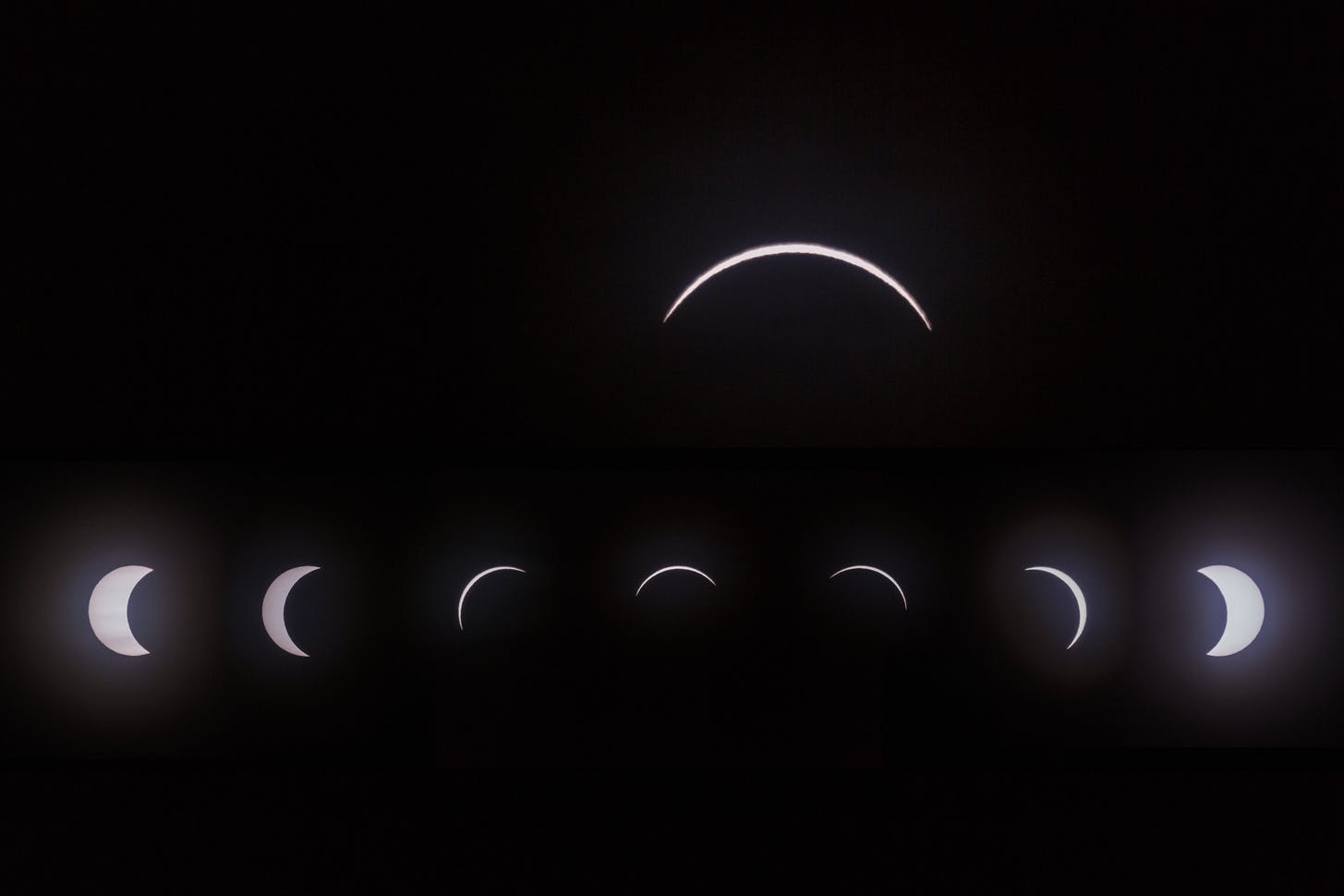
Solar Eclipse vs Lunar Eclipse
Eclipses have captivated humanity for millennia, offering a glimpse into the vast celestial mechanics of the universe. Two types of eclipses are most commonly observed on Earth: solar eclipses and lunar eclipses. Both events involve the alignment of the Earth, moon, and sun, yet they are distinct in how they occur and the visual experience they provide.
For tourists visiting Iceland, the opportunity to witness a solar or lunar eclipse in such a stunning natural environment is a once-in-a-lifetime experience. This article will explore the key differences between solar and lunar eclipses, when and how they occur, and what to expect when viewing them. We'll also highlight some prime viewing locations, including Reykjavik's famous Perlan.
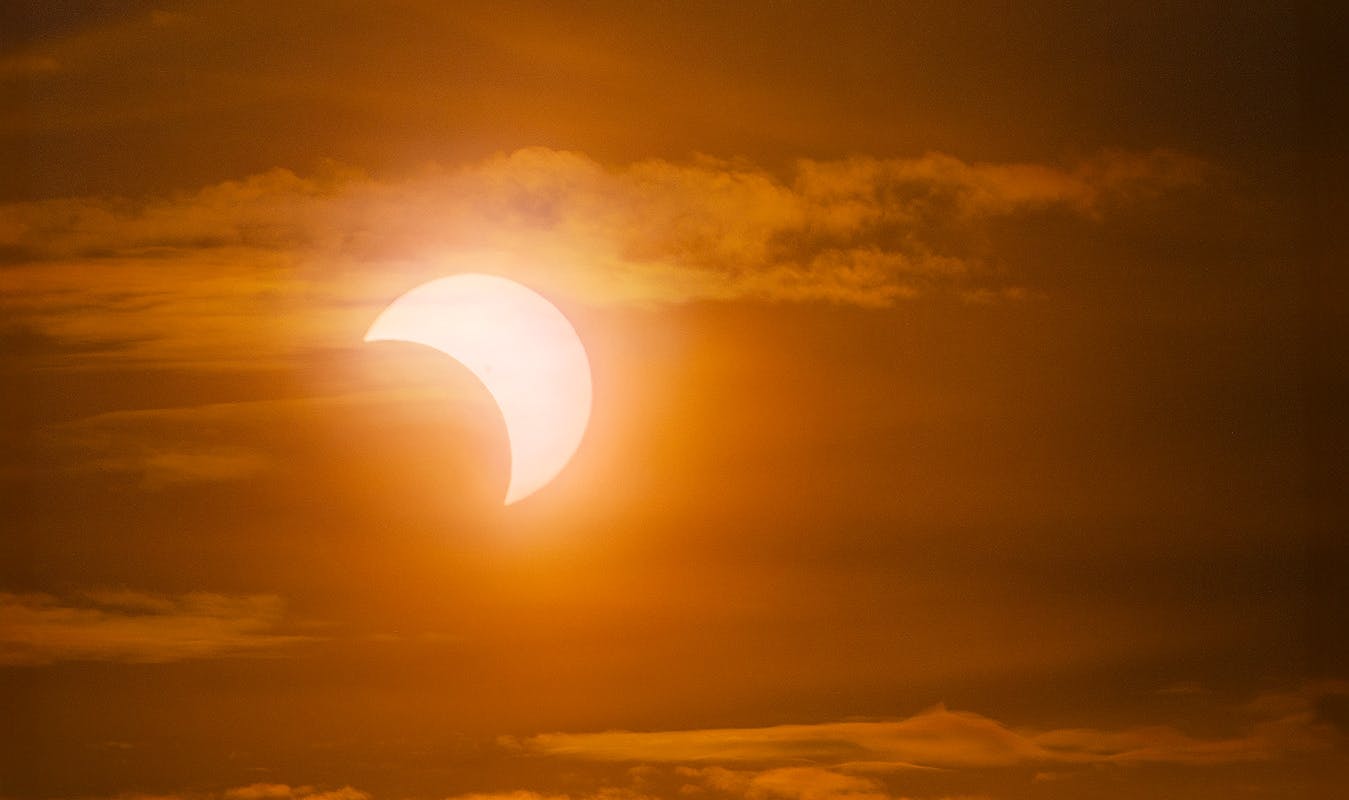
What is a Solar Eclipse?
A solar eclipse occurs when the moon passes directly between the Earth and the sun, casting a shadow on parts of the Earth and temporarily blocking the sun's light. This celestial alignment can result in different types of solar eclipses, depending on how much of the moon obscures the sun.
Types of Solar Eclipses
Here are the main types of solar eclipses:
Total Solar Eclipse
This is the most dramatic and spectacular type of solar eclipse, where the moon completely covers the sun. During this event, the day briefly turns into twilight, and the sun's outer atmosphere becomes visible, creating a stunning halo effect. Iceland is poised to experience a total solar eclipse on August 12, 2026, which will be a spectacular event for tourists and locals alike.
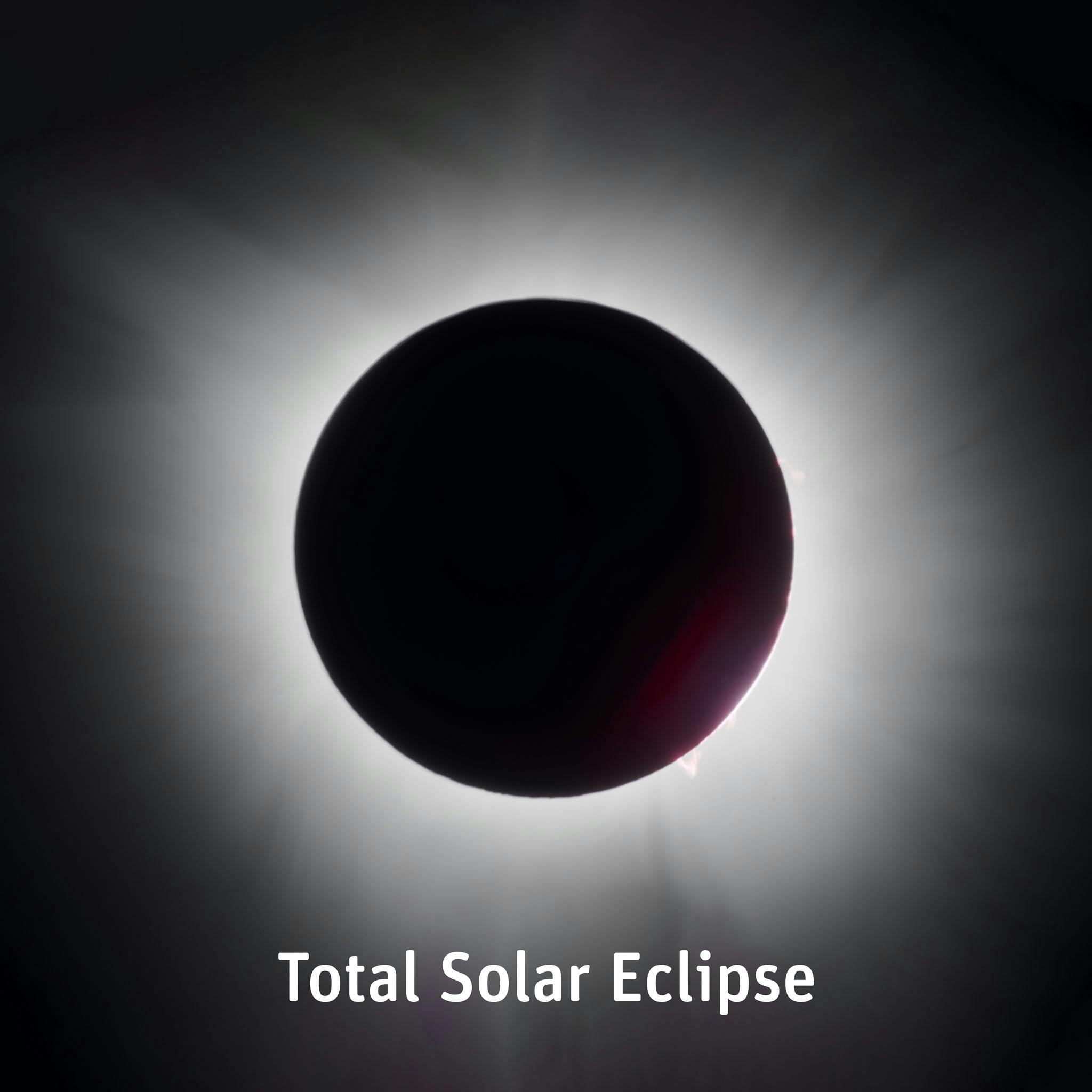
Partial Solar Eclipse
In a partial eclipse, only a portion of the sun is obscured by the moon. The sun takes on a crescent shape, but the sky does not go completely dark as it would in a total eclipse.
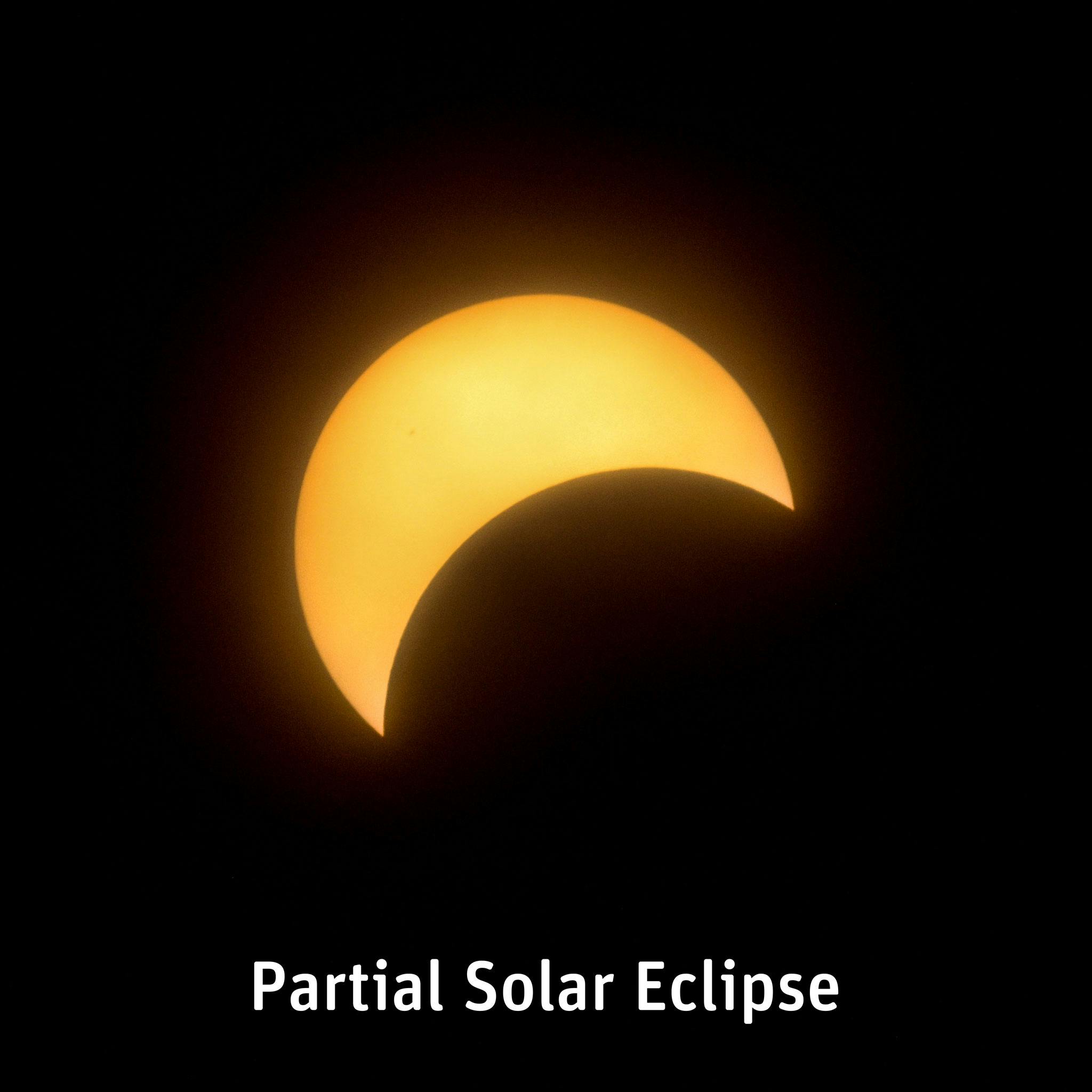
Annular Solar Eclipse
Sometimes referred to as a "ring of fire," this eclipse occurs when the moon is farther from the Earth in its elliptical orbit, so it appears smaller than the sun. Instead of covering the sun completely, it leaves a bright ring around the edges.
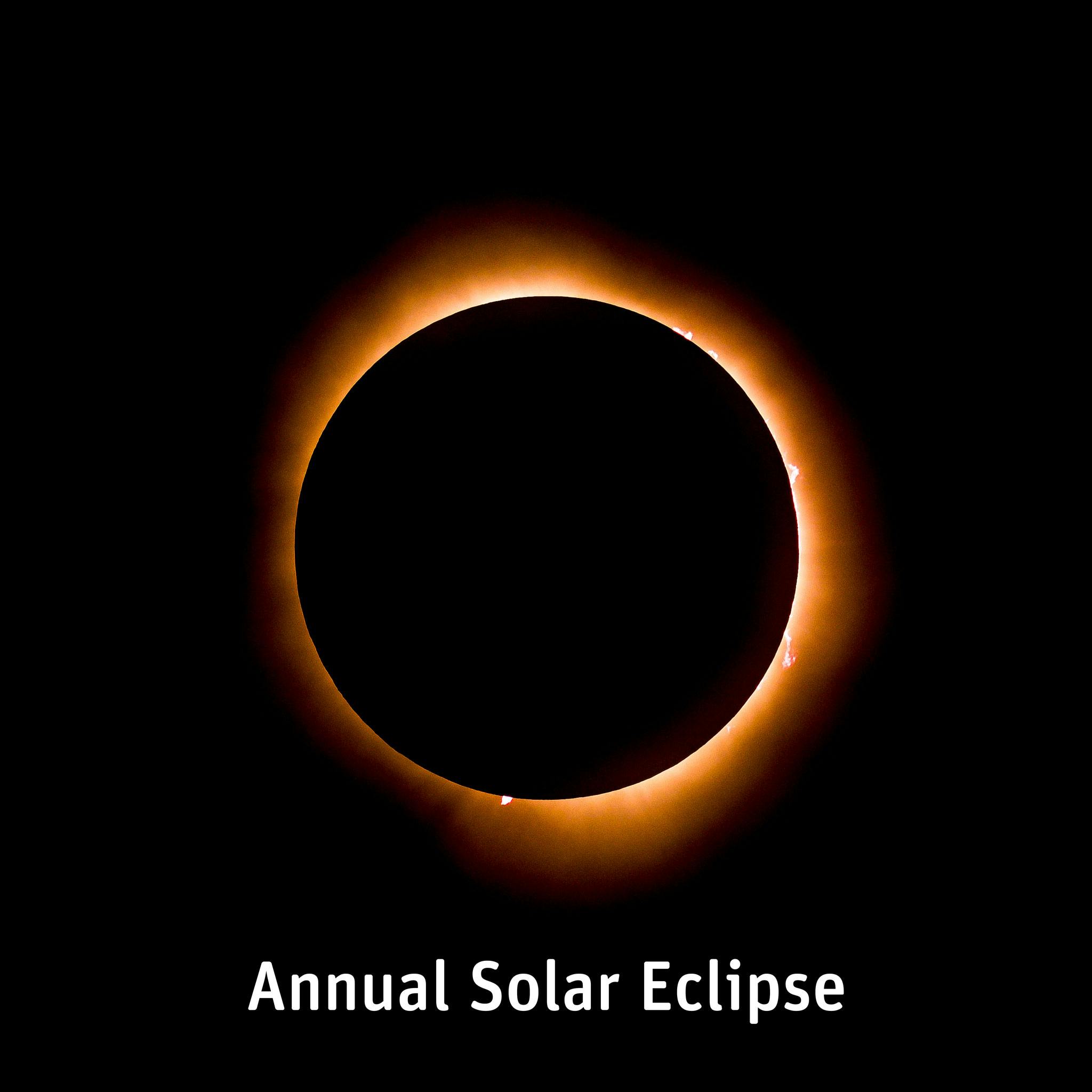
How Solar Eclipses Occur
Solar eclipses occur only during the new moon phase when the moon is positioned between the Earth and the sun. However, solar eclipses don't happen every month because the moon's orbit is slightly tilted relative to Earth's orbit. They are relatively rare events, often visible from specific parts of the Earth and only for a brief period.
What is a Lunar Eclipse?
A lunar eclipse occurs when the Earth passes between the sun and the moon, casting a shadow on the moon. This event is visible from anywhere on the night side of the Earth, making it more accessible to more people than a solar eclipse.
Types of Lunar Eclipses
Total Lunar Eclipse
In this type of eclipse, the Earth's shadow completely covers the moon, giving it a reddish hue, often called a "blood moon." This occurs because sunlight passing through Earth's atmosphere gets scattered, allowing only red light to reach the moon.
Partial Lunar Eclipse
During a partial lunar eclipse, only part of the moon enters Earth's shadow, while the rest remains illuminated by the sun.
Penumbral Lunar Eclipse
This subtle eclipse occurs when the moon passes through the Earth's faint outer shadow or penumbra. It can be hard to notice with the naked eye, as the moon only slightly darkens.
How Lunar Eclipses Occur
Lunar eclipses can only occur during a full moon, when the moon is directly opposite the sun, with the Earth in between. Unlike solar eclipses, which can only be seen from specific locations on Earth, lunar eclipses are visible from anywhere on the planet's night side. This makes lunar eclipses more frequent and accessible to a larger audience.
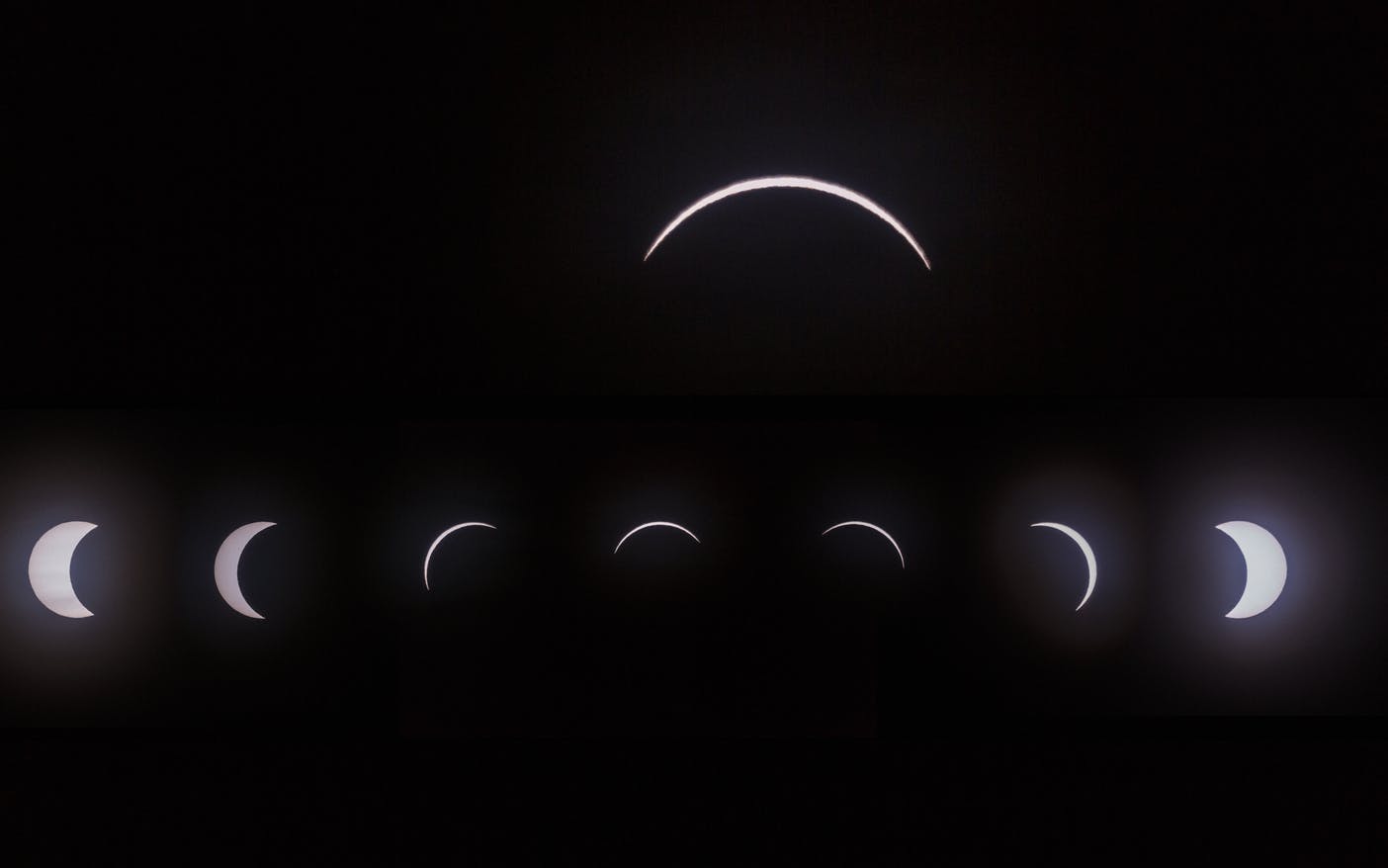
Key Differences Between Solar and Lunar Eclipses
How They Occur
A solar eclipse occurs when the moon passes between the Earth and the sun, casting a shadow on Earth. Meanwhile, a lunar eclipse happens when the Earth passes between the sun and the moon, casting a shadow on the moon.
When They Occur
Solar eclipses occur only during a new moon phase, while lunar eclipses occur during a full moon.
Visibility
Solar eclipses can only be seen from specific parts of the Earth's surface, and the path of totality is usually narrow. Lunar eclipses are visible from anywhere on the night side of Earth, making them easier to observe.
Timing
A solar eclipse lasts for only a few minutes in any given location. A lunar eclipse can last for several hours, with the total phase often lasting over an hour.
Safety
Viewing a solar eclipse requires special eye protection, such as solar eclipse glasses, to prevent damage to your eyes. Watching a lunar eclipse is safe and requires no protective gear.
Viewing Eclipses in Iceland
Iceland is an ideal location for viewing both solar and lunar eclipses. Tourists planning to visit Iceland during a solar eclipse can look forward to stunning vistas as the sky darkens and the eclipse takes centre stage.
One of the best locations in Reykjavik where you can view an eclipse is Perlan. Perlan's observation deck offers panoramic views of the surrounding city and landscape, making it an excellent spot to witness celestial events like the 2026 total solar eclipse. Perlan also features exhibitions on Iceland's natural wonders, including volcanoes, glaciers, and the Northern Lights, offering a full experience of Iceland's natural beauty alongside the eclipse.
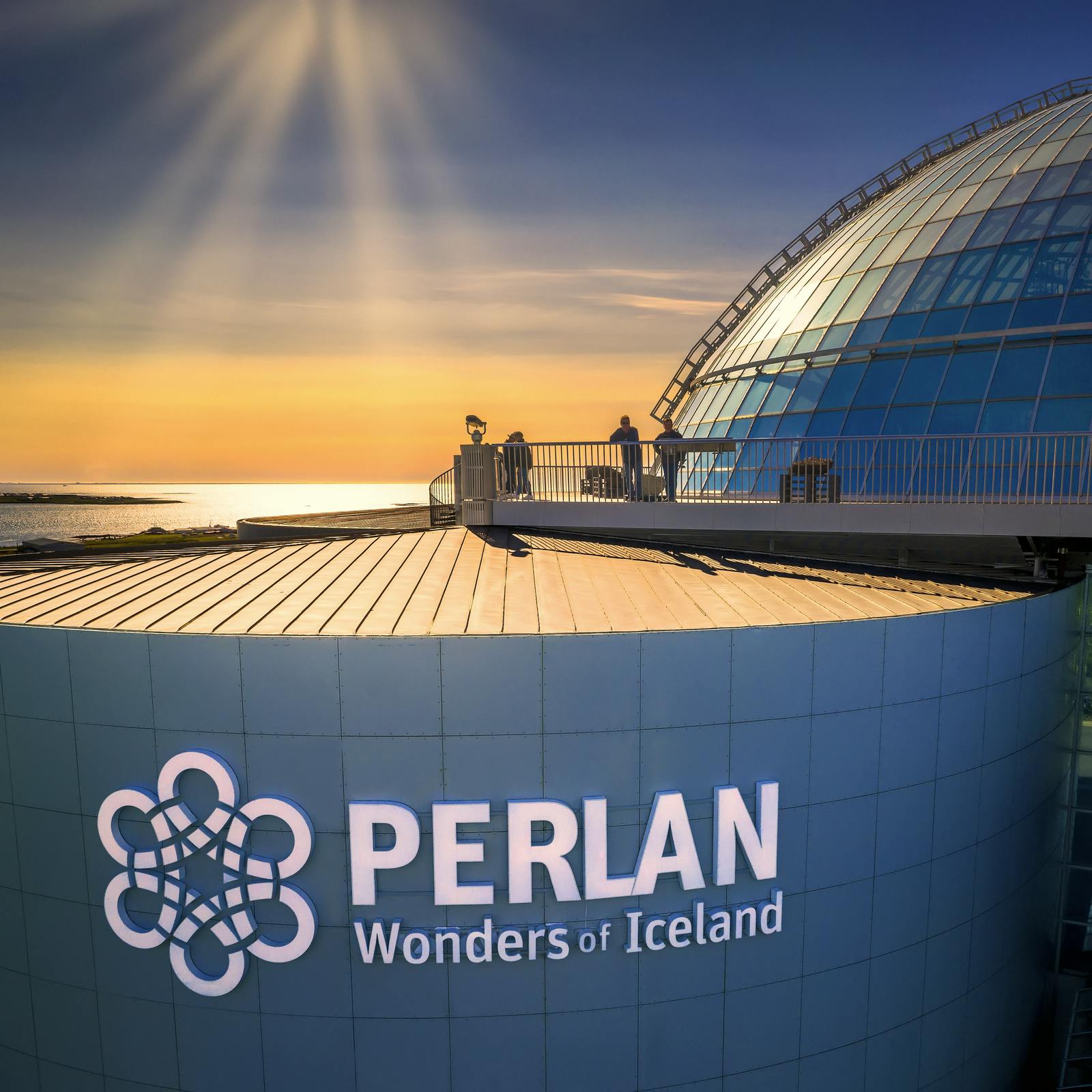
FAQs
What is the difference between a solar and lunar eclipse?
A solar eclipse happens when the moon blocks the sun by passing between the Earth and the sun, casting a shadow on Earth. A lunar eclipse occurs when the Earth is between the sun and the moon, casting a shadow on the moon.
What is rarer, lunar or solar eclipse?
Total solar eclipses are rarer than lunar eclipses because they are visible from only a narrow path on Earth. Lunar eclipses are more frequent and can be observed anywhere on Earth's night side.
Do lunar eclipses happen at night?
Yes, lunar eclipses always occur at night when the moon is fully illuminated by the sun and is positioned opposite the sun, allowing Earth's shadow to fall on it.
How often does a solar eclipse happen?
On average, solar eclipses occur 2 to 5 times per year somewhere on Earth, but total solar eclipses are much rarer in any given location. For example, the next total solar eclipse visible in Iceland will occur on August 12, 2026.







